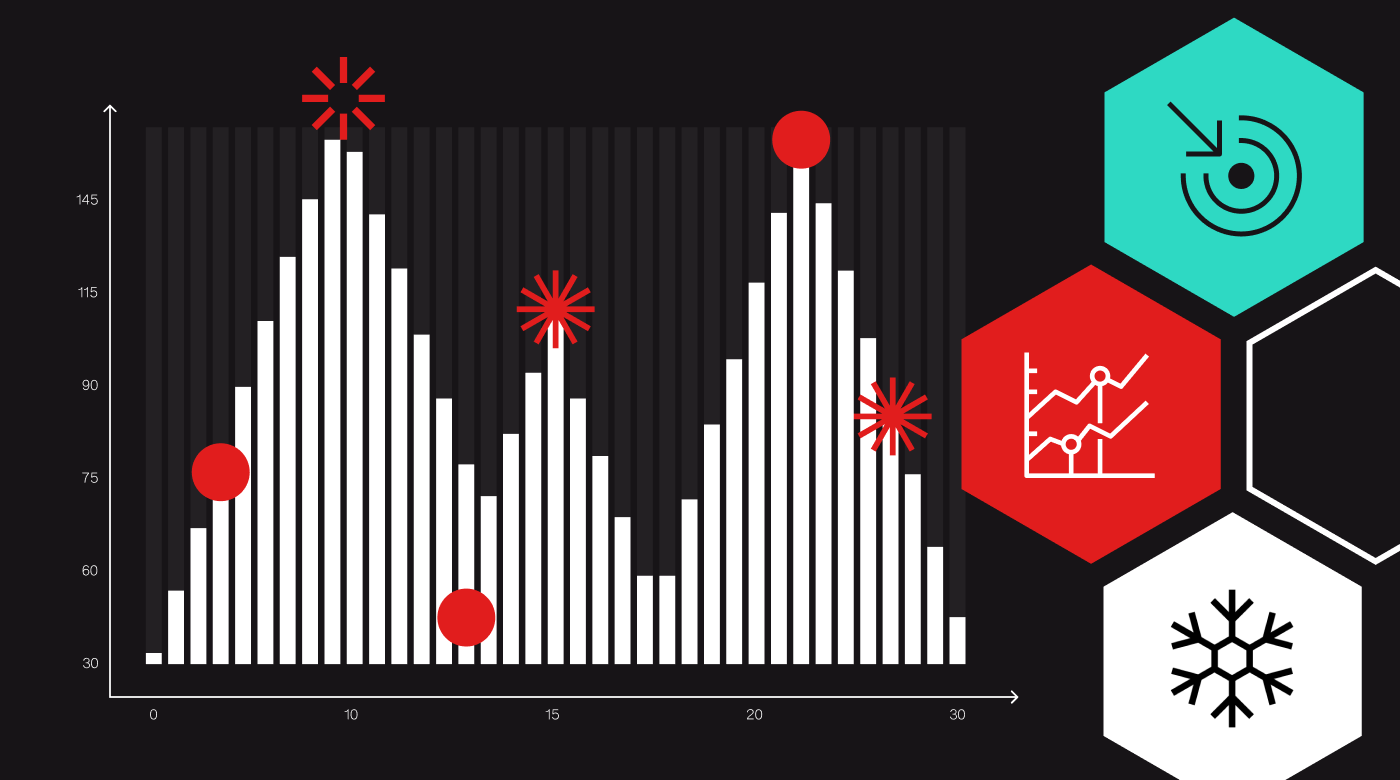Out-of-home (OOH) advertising is growing. In fact, eMarketer projects total OOH spend reaching $7.74 billion in 2021, growing year-over-year by 15% after adjusting for the impact of the COVID-19 pandemic on the industry. Digital OOH is the fastest growing sector of this industry and is expected to account for 36% of all OOH spend in 2021 at $2.78 billion.
Traditionally, OOH ads– which include billboards, posters, and pretty much any visual advertising that reaches you while you’re out in the real world – are large, high impact, and have great brand recall. But while the biggest brands in the world incorporate OOH into their media strategies, most (if not all) have struggled to effectively measure the impact of this channel. Brands are unable to calculate the impact of OOH ads in the same way they might track other forms of advertising – for instance, you can’t measure the number of people who click on a billboard.
To make OOH advertising as effective as possible in the digital age, Foursquare set out to help marketers truly reap the most out of their OOH investments by tying back real-world business impact to OOH ad spend.
Why are insights from OOH campaigns so tough to track?
The biggest challenge OOH presents is how to understand who has seen an ad, how many times they were exposed, and if the campaign was successful. In the past, due to technical challenges related to the availability of location data or the high cost of surveying users, it was difficult to gauge how many times an OOH ad was seen (the impressions) and even more difficult to determine whether an action (such as a visit to the advertised business, a lift in purchase intent, or brand recall) was the direct result of an OOH ad.
The Goal: Create a methodology to…
- Define how many consumers were exposed to ad messaging during a specific OOH campaign.
- Understand the demographic and behavioral profile of the people viewing the advertisements.
- Determine whether those people expressed purchase intent, visited a location, experienced greater brand awareness, or took another action after viewing that advertisement.
The Solution: Using our unique location data, infrastructure, and visitation methodology, Foursquare has developed two ways of determining whether a person was exposed to a specific OOH ad based on the type of media purchased.
- For traditional OOH ads located outdoors – such as billboards and street furniture – we use our persistent, 1st party, user-consented location data combined with knowledge of the area in which the ad was visible to determine OOH exposures. After factoring in the speed of travel, the direction the user was traveling in, and the direction the billboard was facing, we can precisely determine if any exposure occurred.
- For place-based media located indoors – such as a digital poster in an elevator or a screen in a mall – the challenge is magnified because the usual GPS data sources don’t work as well indoors, making it difficult to confirm if an individual did actually pass that poster. To address this challenge, Foursquare doesn’t rely solely on GPS to determine the location of a mobile phone. Instead, we use a combo of GPS, Bluetooth, Beacon, WiFi, compass, accelerometer, and barometric sensor data to determine location. To determine whether an OOH exposure occurred, our snap-to-place visit methodology allows us to leverage signals such as user dwell-time and visit start-and-end-time, along with the precise address of where the OOH unit is located. Note, we are MRC-accredited for our ability to detect that a visit occurred to a specific place and surface that visit in the U.S.
Additionally, our OOH exposure methodology supports both static and digital media buys. For digital OOH, we take the ad play timestamp into account when identifying exposures to enable digital and programmatic OOH measurement.
The pandemic will pass – and, with new ways to measure impact, the future of OOH is brighter than ever. Reach out to learn more about how measuring OOH more effectively can transform your advertising strategy.
The bottom line:
- This methodology helps to solve the decades-long challenge of determining who has seen an OOH ad and how many times they were exposed.
- With a better understanding of the audience that an OOH campaign reached, advertisers & OOH media owners can more easily prove the effectiveness of the campaign.
- Using this approach can help ensure OOH campaigns are more efficient and cost-effective.
Interested in adding OOH measurement to your 2021 campaigns? Let’s talk – send us a message at location@foursquare.com.



